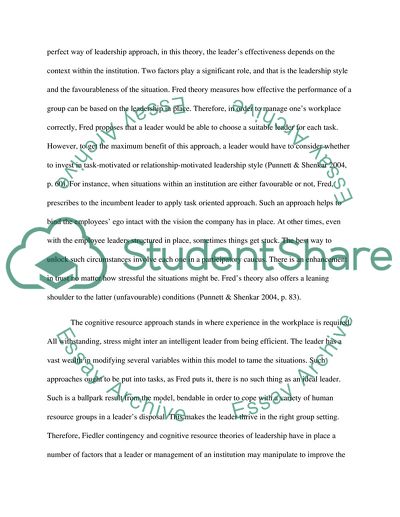Cite this document
(The Psychology of Leadership Coursework Example | Topics and Well Written Essays - 3000 words, n.d.)
The Psychology of Leadership Coursework Example | Topics and Well Written Essays - 3000 words. Retrieved from https://studentshare.org/psychology/1874121-does-existing-theory-and-research-in-leadership-in-work-psychology-help-with-the-successful-management-of-people-at-work-if-so-in-what-ways-if-not-why-not
The Psychology of Leadership Coursework Example | Topics and Well Written Essays - 3000 words. Retrieved from https://studentshare.org/psychology/1874121-does-existing-theory-and-research-in-leadership-in-work-psychology-help-with-the-successful-management-of-people-at-work-if-so-in-what-ways-if-not-why-not
(The Psychology of Leadership Coursework Example | Topics and Well Written Essays - 3000 Words)
The Psychology of Leadership Coursework Example | Topics and Well Written Essays - 3000 Words. https://studentshare.org/psychology/1874121-does-existing-theory-and-research-in-leadership-in-work-psychology-help-with-the-successful-management-of-people-at-work-if-so-in-what-ways-if-not-why-not.
The Psychology of Leadership Coursework Example | Topics and Well Written Essays - 3000 Words. https://studentshare.org/psychology/1874121-does-existing-theory-and-research-in-leadership-in-work-psychology-help-with-the-successful-management-of-people-at-work-if-so-in-what-ways-if-not-why-not.
“The Psychology of Leadership Coursework Example | Topics and Well Written Essays - 3000 Words”, n.d. https://studentshare.org/psychology/1874121-does-existing-theory-and-research-in-leadership-in-work-psychology-help-with-the-successful-management-of-people-at-work-if-so-in-what-ways-if-not-why-not.


